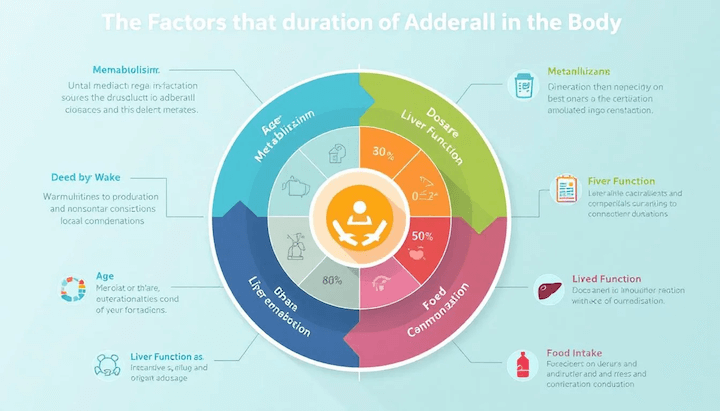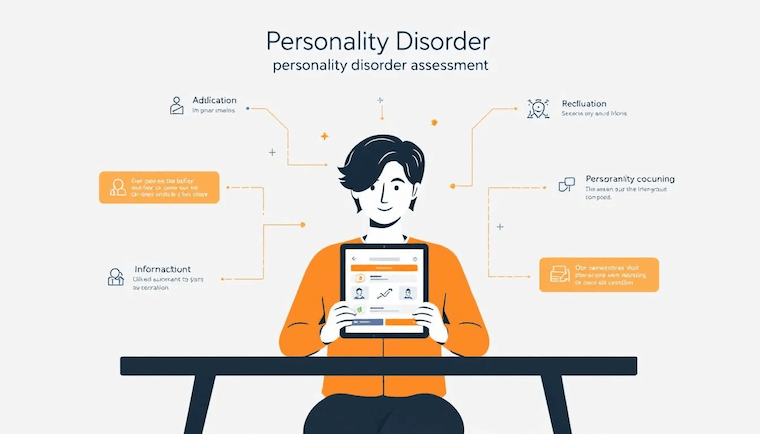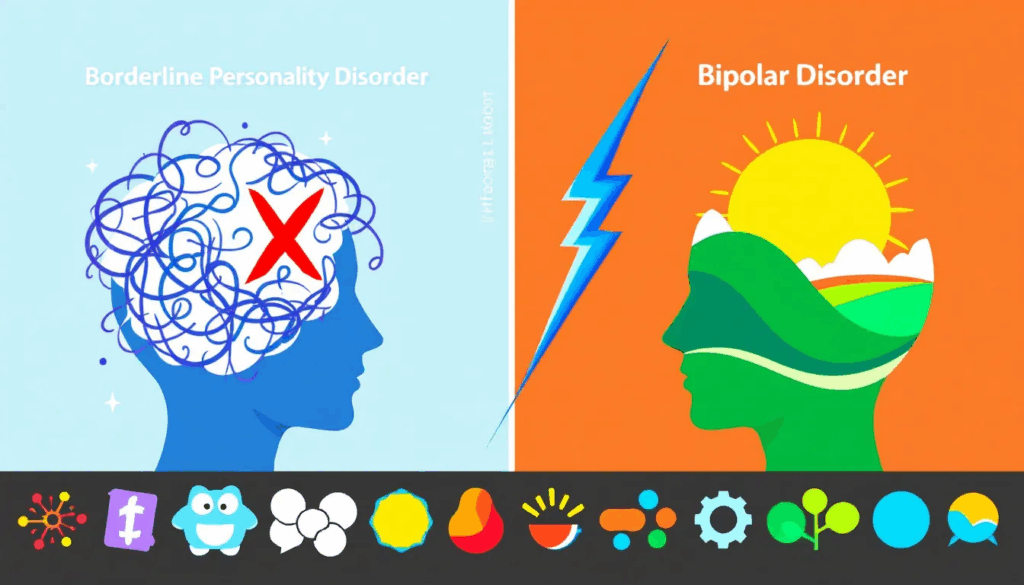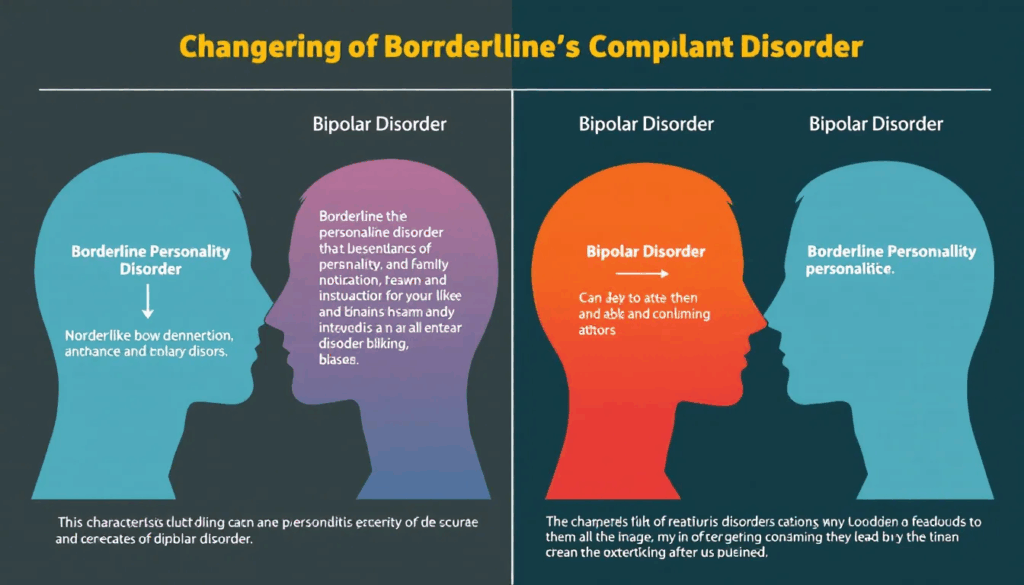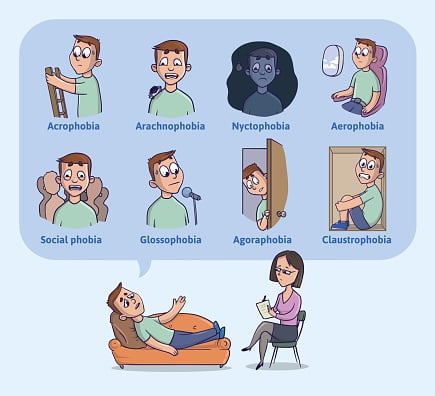Solution based therapy is a goal-oriented method that focuses on finding solutions rather than analyzing problems. Unlike traditional therapies, it helps clients use their strengths to envision and achieve a preferred future. Developed in the late 1970s, this approach is versatile and effective in individual, couples, and family therapy. In this article, we will explore the principles, techniques, benefits, and applications of solution based therapy.
Key Takeaways
- Solution-focused therapy (SFT) prioritizes finding solutions and leveraging client strengths over problem analysis, fostering a positive and empowering therapeutic environment.
- Key techniques in SFT include the Miracle Question, Scaling Questions, and Exception Questions, which help clients envision their goals, evaluate progress, and recognize past successes.
- SFT is adaptable for various therapeutic settings and populations, offering a rapid and efficient approach to therapy, though it may not be suitable for clients with severe mental health issues.
What is Solution Based Therapy?

Solution-focused therapy (SFT) is a type of therapy that emphasizes finding solutions rather than focusing on problems. Developed by Steve de Shazer and Insoo Kim Berg in the late 1970s, it emerged from the early Mental Research Institute’s brief therapy approach and was formalized in the 1980s. At its core, SFT is a goal-oriented approach that leverages the strengths and skills clients already possess to help them envision a preferred future.
Unlike traditional therapies that delve deeply into problem analysis, SFT prioritizes discussing solutions and progress. This shift in focus encourages clients to recognize and leverage their strengths to create meaningful change. Therapists using this method work collaboratively with clients, guiding them to identify and build on their inherent capabilities.
SFT is versatile and can be effectively applied in various contexts, including individual therapy, couples therapy, and family therapy. Its adaptability creates opportunities for diverse applications, making it a valuable tool for a wide range of therapeutic needs.
Focusing on solutions rather than problems, SFT fosters a positive and empowering therapeutic environment. This solution-focused approach not only helps clients move forward but also instills a sense of hope and possibility. As we move forward, we’ll explore the key principles that underpin this innovative therapy model.
Key Principles of Solution Based Therapy
Solution-focused therapy is characterized as a short-term, goal-oriented approach that promotes positive change by emphasizing solutions. Clients describe their ideal future and the steps needed to reach it, making goal clarification a significant technique in the solution focused model.
One of the key principles of SFT is that clients are seen as the experts who determine their own goals within therapy. This principle acknowledges that clients possess the resources and strengths needed to tackle their challenges. Focusing on these strengths, solution-focused techniques help clients harness their potential and create meaningful change.
Another important principle is that change is considered a constant factor in the therapeutic process. This perspective allows therapists to guide clients towards small, manageable changes that cumulatively lead to significant progress. The therapy model is designed to be short-term, focusing on quick resolution of issues to maximize efficiency.
SFT also prioritizes future possibilities over the clients’ past experiences. Concentrating on what can be achieved rather than what has gone wrong, clients are encouraged to envision a brighter future and take actionable steps towards it.
These principles form the foundation of the solution-focused approach, creating a therapeutic environment that is collaborative, empowering, and forward-looking. As we delve into the specific techniques used in SFT, you’ll see how these principles are put into practice to facilitate positive change.
Techniques Used in Solution Based Therapy
Solution-focused therapy employs a variety of techniques to help clients identify and develop effective strategies for their current challenges, including solution development and solution focused practices. These techniques are designed to explore clients’ past successes, enhance communication, and envision a preferred future.
Practitioners in SFT are expected to embody virtues such as honesty, trustworthiness, and respectfulness, fostering a therapeutic environment that is conducive to change. Engaging clients in envisioning a preferred future is a crucial part of the solution-focused process.
Among the most notable techniques used in SFT are the Miracle Question, Scaling Questions, and Exception Questions. Each of these techniques plays a unique role in helping clients identify and build on their strengths.
Miracle Question
The Miracle Question is a powerful technique used in solution-focused therapy to help clients visualize their preferred future. It involves asking clients to imagine that a miracle has occurred overnight, and their problems have been resolved. This question encourages clients to articulate a clear vision of how their life would change if their issues no longer existed.
Prompting clients to describe this ideal future in detail, the Miracle Question helps them identify specific goals and the steps needed to achieve them. This technique not only fosters hope but also provides a concrete direction for the therapeutic process.
The Miracle Question is often used at the beginning of therapy sessions to set a positive and goal-oriented tone. It serves as a foundation for subsequent discussions and interventions, guiding clients towards actionable solutions.
Scaling Questions
Scaling Questions are another essential technique in solution-focused therapy. They allow clients to evaluate their motivation and confidence by rating their experiences on a defined scale, typically from 0 to 10. This technique helps clients quantify their current feelings and progress, providing clarity and focus during therapy.
Assigning a numerical value to their confidence and motivation, clients can better understand their situation and identify areas for improvement. Scaling Questions are particularly useful for tracking progress over time. They enable clients to see tangible evidence of their growth and development, reinforcing their commitment to the therapeutic process.
Exception Questions
Exception Questions are designed to help clients identify times when their problems are less severe or absent. These questions target the client’s interactions during exceptions to understand what was different and how they can replicate those conditions.
Exploring past successes helps practitioners guide clients to recognize their existing strengths and strategies that can be leveraged in the present. This technique fosters a sense of empowerment and self-efficacy, as clients realize they have already managed their challenges effectively in the past.
Exception Questions also encourage clients to envision how others would recognize their improvements, providing additional motivation and validation. This technique reinforces the belief that change is possible and within their control.
Practical Applications of Solution Based Therapy

Solution-focused therapy has a wide range of practical applications, making it a versatile tool for various settings. It is effectively utilized in community mental health services, primary care settings, and even schools. The therapy’s flexible framework allows it to be adapted to diverse cultural and clinical environments.
In family therapy contexts, solution-focused techniques help families collaboratively identify and work towards their unique goals in marital and family therapy. This collaborative approach fosters a sense of unity and collective problem-solving, strengthening family bonds and improving overall dynamics.
Group settings also benefit from solution-focused approaches. Fostering collective problem-solving and support among participants, these techniques create a supportive environment where individuals can share their experiences and learn from each other.
Schools have implemented solution-focused strategies to address behavioral issues and enhance student well-being. These strategies provide students with practical tools to manage their challenges and improve their academic and social outcomes.
Solution-focused therapy can be applied by a variety of professionals, including therapists, counselors, nurses, and solution focused practitioners. Its adaptability and effectiveness make it a valuable approach for anyone looking to foster positive change in their clients’ lives.
Benefits of Solution Based Therapy
One of the most significant benefits of solution-focused therapy is its ability to yield rapid results. Focusing on solutions rather than problems, clients can achieve their goals in a shorter timeframe. This efficiency makes SFT an appealing option for those seeking quick and meaningful change.
The approach emphasizes clients’ strengths, fostering a sense of empowerment and active participation in their healing. Concentrating on their inherent capabilities, clients gain confidence in their ability to overcome challenges and achieve their desired outcomes.
The collaborative nature of solution-focused therapy enhances client ownership and commitment to the therapeutic process. Clients are actively involved in setting goals and developing strategies, which increases their engagement and motivation.
Focusing on present issues and future possibilities, solution-focused therapy helps clients create meaningful changes and progress toward their objectives. This forward-looking perspective encourages clients to take actionable steps and make tangible improvements in their lives.
Solution-focused brief therapy utilizes various techniques that emphasize developing solutions rather than analyzing problems. This positive and proactive approach not only fosters progress but also enhances clients’ overall well-being and satisfaction.
Implementing Solution Based Therapy in Practice

Implementing solution-focused therapy in practice requires a respectful and collaborative dialogue between therapists and clients. This dialogue is fundamental in creating a therapeutic environment where clients feel heard, valued, and empowered to make changes.
Consistent reflection on small, manageable changes is a key part of the solution-focused approach. Breaking down goals into achievable steps, clients can maintain their motivation and see tangible progress over time.
Therapists should focus on fostering a positive and supportive atmosphere, encouraging clients to identify and leverage their strengths. Practical tips for therapists include using open-ended questions, actively listening, and providing constructive feedback.
Regularly revisiting and adjusting goals based on clients’ progress ensures that the therapy remains relevant and effective. This dynamic and flexible approach allows therapists to tailor their interventions to meet the unique needs of each client.
Evidence Supporting Solution Based Therapy
Significant evidence supports the effectiveness of solution-focused therapy. Research has shown that change is seen as inevitable and essential for client progress. This positive outlook underpins the success of SFT in various contexts.
Solution-focused approaches are flexibly applied across different clinical and cultural environments, including community mental health teams, primary care settings, and inpatient settings. This adaptability enhances the therapy’s applicability and effectiveness in diverse situations.
Investigative research papers have highlighted key concepts such as beginning sessions, change, problems, solution focus, strengths, collaborative working, scaling, and exceptions, which are frequently mentioned in community settings.
While the current meta-analysis on solution-focused brief therapy is limited by missed primary studies, limited information extraction, and a lack of reporting on therapist training, the overall findings still support the efficacy of SFT.
Continued research and systematic reviews are essential to further understand the full potential and limitations of solution-focused therapy and outcome research. These studies will help refine the approach and enhance its application in various therapeutic contexts.
Limitations of Solution Based Therapy
Despite its many benefits, solution-focused therapy has its limitations. It is generally more suitable for clients who are not suffering from severe mental health issues, such as major depression or schizophrenia. For these clients, a more comprehensive therapeutic approach may be necessary.
The emphasis on quick solutions in SFT may lead to a neglect of deeper emotional issues, potentially leaving clients without the comprehensive support they need. This limitation highlights the importance of carefully assessing clients’ needs and ensuring that SFT is the appropriate intervention.
Clients seeking to explore issues beyond their immediate control may feel frustrated, as solution-focused therapy prioritizes finding immediate answers. This focus on the present can be limiting for those who wish to delve deeper into their past experiences and underlying issues.
There is a risk that clients may declare therapy successful prematurely, causing uncertainty for therapists regarding the clients’ true readiness to end the therapeutic process. Ongoing assessment and communication are crucial to ensure that clients are genuinely ready to conclude therapy.
Further research is needed to explore intervention targets and treatment modalities within solution-focused brief therapy to enhance understanding of its efficacy. Future areas of counseling outcome research should also consider clients’ emotional language use and cultural differences, which can impact therapy outcomes.
Comparison with Other Therapeutic Approaches
Solution-focused therapy differs significantly from other therapeutic approaches, such as Cognitive Behavioral Therapy (CBT). While CBT focuses on identifying and changing negative thought patterns, SFT prioritizes actionable solutions for clients.
Variants of CBT, such as Strength-based CBT and DIALOG+, have been influenced by solution-focused principles. These approaches integrate the strengths-based and goal-oriented aspects of SFT with traditional CBT techniques, creating a more holistic therapeutic process.
The key distinction between SFT and other therapies is its focus on the present and future rather than the past. This forward-looking perspective sets SFT apart and makes it particularly effective for clients seeking rapid, solution-oriented change.
By understanding these differences, clients and therapists can make informed decisions about the most appropriate therapeutic approach for their needs. The unique aspects of SFT offer a valuable alternative to traditional therapies, providing a fresh perspective on achieving personal growth and healing.
Cedar Hill Behavioral Health Massachusetts: A Leading Provider
Cedar Hill Behavioral Health Massachusetts is recognized as a leading provider of solution-focused therapy. Their team of mental health professionals is dedicated to offering high-quality care and support for individuals and families.
As a family therapy center, Cedar Hill Behavioral Health specializes in a brief family therapy center and other solution-focused interventions. Their approach is rooted in the principles of SFT, emphasizing strengths, collaboration, and goal-oriented change.
Choosing Cedar Hill Behavioral Health provides clients with expert care and effective therapeutic interventions tailored to their unique needs. Their commitment to excellence makes them a top choice for those seeking solution-focused therapy in Massachusetts.
Summary
Solution-focused therapy stands out as a dynamic and empowering approach to therapeutic intervention. By focusing on clients’ strengths and envisioning a preferred future, it offers a refreshing alternative to traditional problem-centered therapies. The various techniques, such as the Miracle Question, Scaling Questions, and Exception Questions, provide practical tools to help clients identify and build on their existing capabilities.
The practical applications and numerous benefits of SFT make it a versatile and effective option for a wide range of settings, from individual therapy to family therapy and even school-based interventions. The evidence supporting its efficacy, combined with its limitations, underscores the importance of ongoing research and tailored application.
Ultimately, solution-focused therapy’s emphasis on rapid, positive change, client empowerment, and collaborative goal-setting creates a therapeutic environment that fosters hope and progress. Whether you’re a therapist, a client, or someone interested in contemporary psychotherapy, SFT offers valuable insights and tools for building a better future.
Frequently Asked Questions
What is the main focus of solution-focused therapy?
The main focus of solution-focused therapy is to identify and implement solutions by utilizing clients’ strengths to reach their goals, rather than dwelling on problems.
How does the Miracle Question work in solution-focused therapy?
The Miracle Question facilitates visualization of an ideal future where problems are resolved, allowing clients to identify specific goals and actionable steps towards achieving their aspirations. This approach effectively shifts focus from difficulties to solutions.
What are Scaling Questions and how are they used in SFT?
Scaling Questions are a key tool in Solution-Focused Therapy (SFT) that enable clients to assess their motivation and progress by rating their experiences on a scale from 0 to 10, providing a clear way to quantify feelings and monitor development. By using this method, therapists can facilitate meaningful conversations about client growth and achievements.
Can solution-focused therapy be used for severe mental health issues?
Solution-focused therapy is typically not recommended for severe mental health issues like major depression or schizophrenia, as it is best suited for clients seeking quick, solution-oriented changes. It’s important to consider more comprehensive approaches for those with severe conditions.
What makes Cedar Hill Behavioral Health Massachusetts a leading provider of SFT?
Cedar Hill Behavioral Health Massachusetts stands out as a leading provider of solution-focused therapy (SFT) due to its expert team dedicated to delivering high-quality interventions that prioritize strengths and collaboration. This commitment to goal-oriented change enhances the therapeutic experience for clients seeking effective mental health support.



